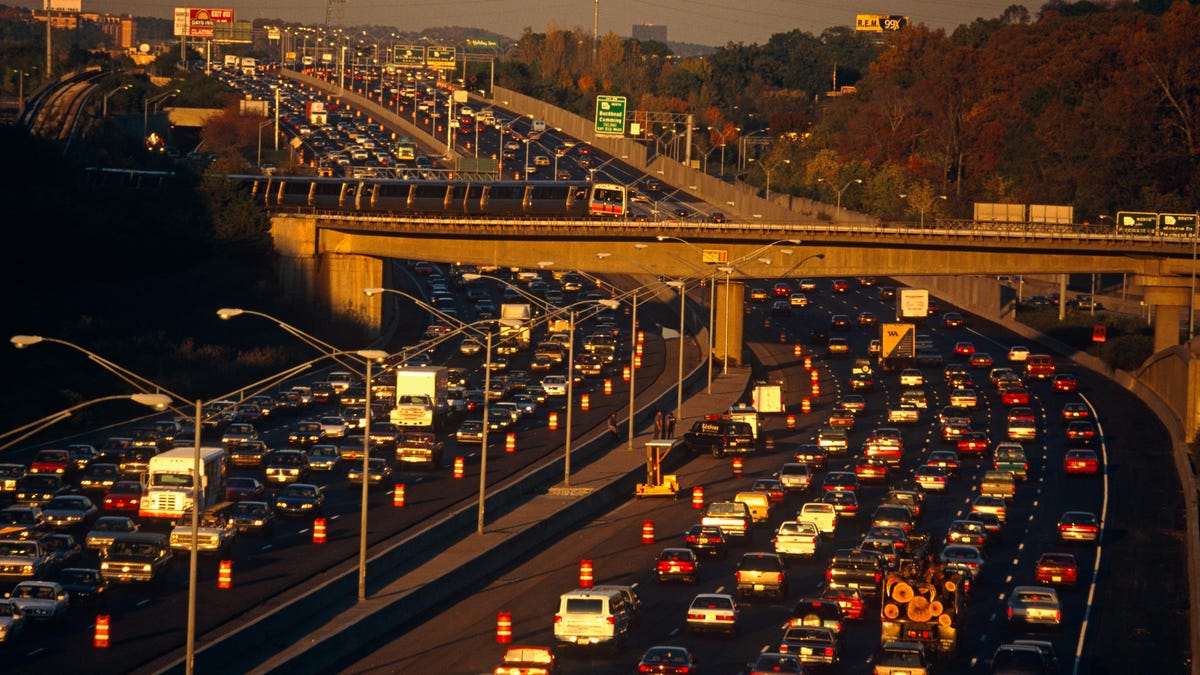
Many locations within the Midwest and northern United States may shrink drastically by the flip of the century, in response to a brand new examine primarily based on 5 local weather eventualities. By the identical token, in response to the researchers, the populations of 40% of U.S. cities may develop by 2100.
The 5 eventualities are often known as the Shared Socioeconomic Pathways (SSPs), they usually have been established by the Intergovernmental Panel on Local weather Change’s Sixth Assessment Report. The 5 pathways describe totally different trajectories that humankind would possibly take as societies develop within the subsequent century and as populations proceed to react to the impacts of local weather change.
The pathways are as follows: ‘Sustainability: Taking the Inexperienced Street’; ‘Center of the Street’; ‘Regional Rivalry: A Rocky Street’; ‘Inequality: A Street Divided’; and ‘Fossil-fueled Improvement: Taking the Freeway’. You may learn detailed descriptions of those here, however the primary concept is that every state of affairs considers how adjustments in social, financial, technological, and ecological developments will reshape the world by 2100. The staff’s analysis describing the potential inhabitants developments is published in Nature Cities.
They mixed current information on fertility charges, urbanization, and migration with U.S. Census and American Group Survey information to foretell what developments would play out in every SSP scenario. They discovered that 43% of American cities might depopulate by the flip of the century—which means that between 12% and 23% of the U.S. inhabitants shall be on the transfer. Additionally they concluded that every one states however Hawaii and Washington, D.C. will face some quantity of metropolis depopulation.
A number of the cities prone to depopulate, in response to this analysis, are Cincinnati, Pittsburgh, Buffalo, St. Louis, Memphis, Baltimore, Milwaukee, Detroit, Cleveland, Toledo, Baton Rouge, Lansing, Hartford, and Birmingham.
Among the many cities projected to develop by 2100 are New York Metropolis, Los Angeles, Atlanta, Houston, Philadelphia, San Francisco, Denver, Salt Lake Metropolis, Phoenix, Charlotte, Austin, Oklahoma Metropolis, and San Antonio.
“We have to shift away from growth-based planning to take care of and supply infrastructure in a sustainable approach for all these cities,” mentioned examine creator Uttara Sutradhar, a civil engineer on the College of Illinois, Chicago, in an electronic mail to Gizmodo.
“Cities” on this examine are actually “Places” as defined by the U.S. Census, which means that the work appears to be like at inhabitants facilities from the biggest cities to rural areas. Sutradhar added that the staff discovered massive city facilities have been much less prone to shrink in inhabitants than small cities in additional rural areas.
How the inhabitants developments of the following 76 years really play out on a nationwide scale stays to be seen, however the IPCC laid out the basics fairly plainly final 12 months: we’re in a critical, rapidly closing window to mitigate the worst potential impacts of local weather change on society.
Trending Merchandise

















